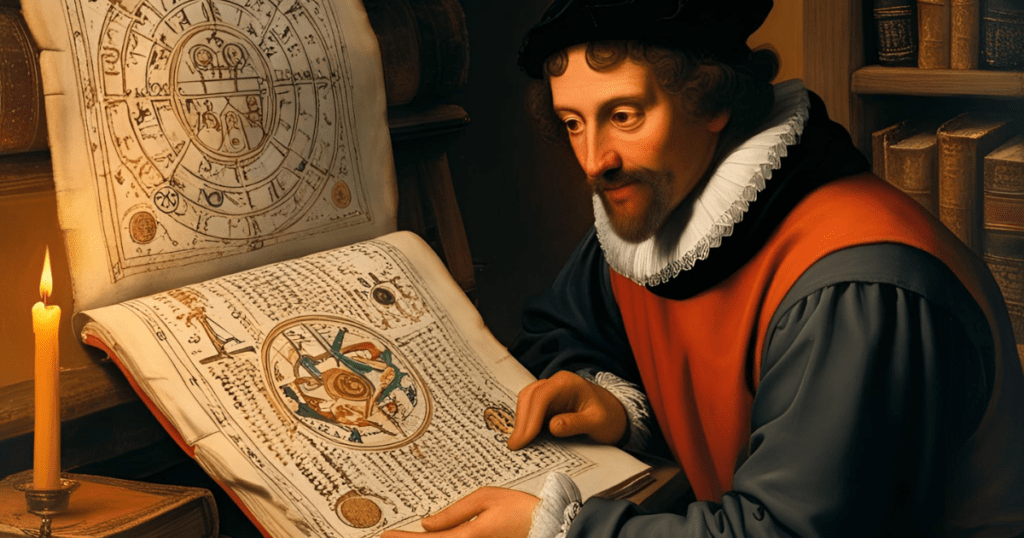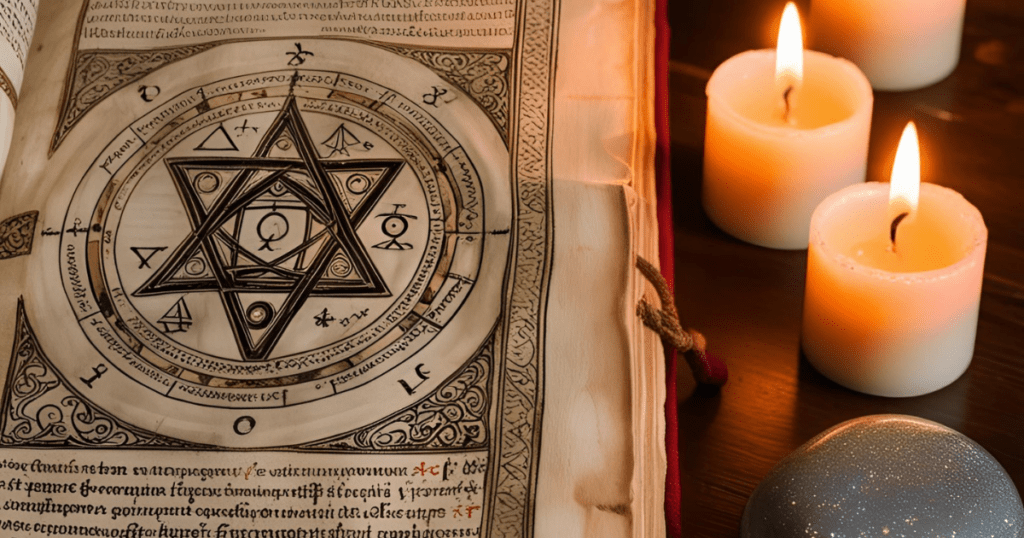The Renaissance was a time of revival—of art, science, and spirituality. But beyond the famous works of Michelangelo and Da Vinci, a deeper esoteric transformation was unfolding.
Pagan philosophies, mystical traditions, and ancient wisdom played a crucial role in shaping Renaissance magic and alchemy.
The Revival of Ancient Pagan Knowledge

During the Renaissance, scholars eagerly rediscovered ancient texts from Greek, Roman, and Egyptian traditions.
Pagan philosophies, especially Neoplatonism and Hermeticism, deeply influenced Renaissance thinkers, blending magic and science into a single pursuit of enlightenment.
- Neoplatonism taught that the universe is interconnected, with hidden spiritual forces influencing the material world.
- Hermeticism, based on the Hermetica, emphasized divine wisdom, alchemy, and the belief that humans could ascend to a godlike state through knowledge.
These ideas provided the foundation for Renaissance magic, reinforcing the belief that the natural world held divine secrets waiting to be uncovered.
Pagan Gods and Renaissance Alchemy
Alchemy, the forerunner of modern chemistry, was more than just the pursuit of turning lead into gold. It was a spiritual discipline, heavily inspired by pagan deities and myths.
- Hermes Trismegistus, a fusion of the Greek god Hermes and the Egyptian god Thoth, was seen as the divine master of alchemy and knowledge.
- Apollo, associated with light and wisdom, influenced the idea of illumination—a key goal of alchemy.
- Diana, the Roman goddess of the moon, was linked to the secretive, mystical aspects of alchemical transformation.
Astrology, Magic, and Pagan Rituals
Renaissance magic was deeply connected to astrology, a practice rooted in Babylonian and Greek pagan traditions. Magicians believed that planetary forces could be harnessed for spellcasting, healing, and personal transformation.
- The Chaldean Order (from ancient Mesopotamian astrology) determined the spiritual influence of celestial bodies.
- Planetary magic, inspired by pagan cosmology, assigned each planet a ruling deity, such as Venus for love or Mars for strength.
- Sigils and talismans, drawn from pagan traditions, were crafted to channel these cosmic forces.
The Church’s Resistance and the Survival of Pagan Magic
While Renaissance magic flourished, it also faced opposition from the Church. Many magical and alchemical practices were seen as heretical, leading to secret societies and coded manuscripts to protect esoteric knowledge.
Despite religious suppression, Renaissance thinkers like Marsilio Ficino, John Dee, and Paracelsus continued to integrate pagan mysticism with their studies, ensuring its survival into the modern era.
Final Thoughts
The Renaissance was not just an age of reason, it was an era of magic, deeply intertwined with ancient pagan traditions. From astrology to alchemy, the wisdom of the past fueled humanity’s quest for transformation, both spiritually and scientifically.



